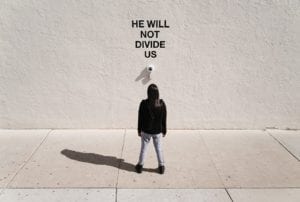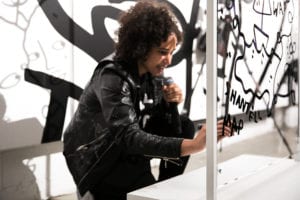Monica Wesley is the designer and founder of Uye Surana, a lingerie line based in New York City, that offers comfortable, feminine, and beautiful pieces. Monica has fulfilled many a young artist’s desire to convert a childhood, an education, and futuristic dreams into reality.
Monica’s career is already off to a successful start. While the brand has many impressive facets, one of their main priorities is to create functional and comfortable, yet feminine and unique lingerie for women of all shapes and sizes. Uye Surana lingerie embodies a mindful approach to design, from concept to construction, which we totally dig. We caught up with Monica to get the inside scoop on Uye Surana’s latest moves and how art impacts how she designs.
AZ: What color would you describe yourself as?
MW: I would say I’m probably like one of our tonal colorways, Moonstone, a neutral pink color with beige undertones. Like many of our colorways it’s inspired by the dimensionality of color found in nature, particularly gemstones.
AZ: Coffee or tea?
MW: Coffee. Definitely coffee.
AZ: Briefly describe your artistic background and influences – how did you get started in the art world? Where did you learn how to do what you do?
MW: I grew up in Chicago in a home that was filled with art that my parents collected. I grew up making all of these different things. My mom would give me all of these different art projects and kind of let me run with it. As I got older, I went to School of the Art Institute for a few years for fashion design. Then I wound up transferring to Parsons to finish my major there in Fashion Design.
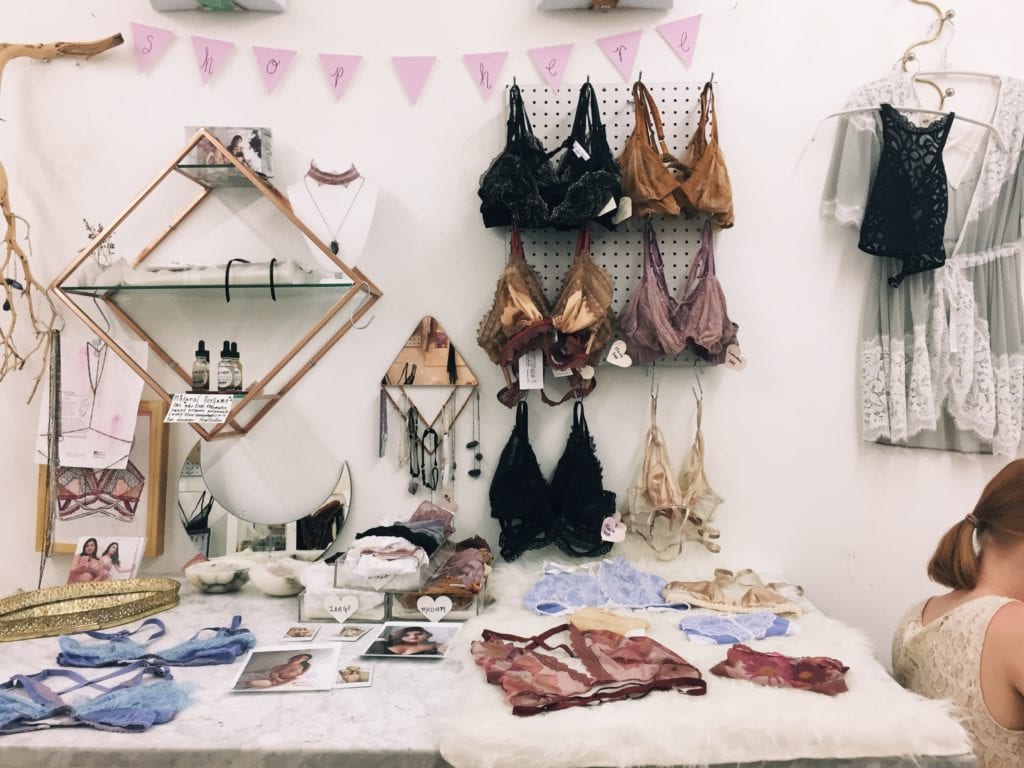
AZ: Talk to us about Uye Surana’s history and your journey.
MW: It was kind of a slow journey that began when I was in school. I wanted to create clothing and lingerie that made women feel both comfortable and beautiful and was very wearable. As I continued that journey, the lingerie became the forefront of the brand. In the past year and a half I want to say, we developed a patent that we have pending on out bralettes that allow us to reach over 40 different sizes and actually support them.
AZ: We understand Uye Surana pieces are available for custom fitting – talk to us about the significance you think this has within the fashion/retail world of our culture today.
MW: I think that there are a lot of shapes and sizes and its important to us to offer as many sizes, especially with lingerie, and bras specifically. There is so much variation that we find that gathering more measurements informs us and makes us able to fit the product to our customer really well.
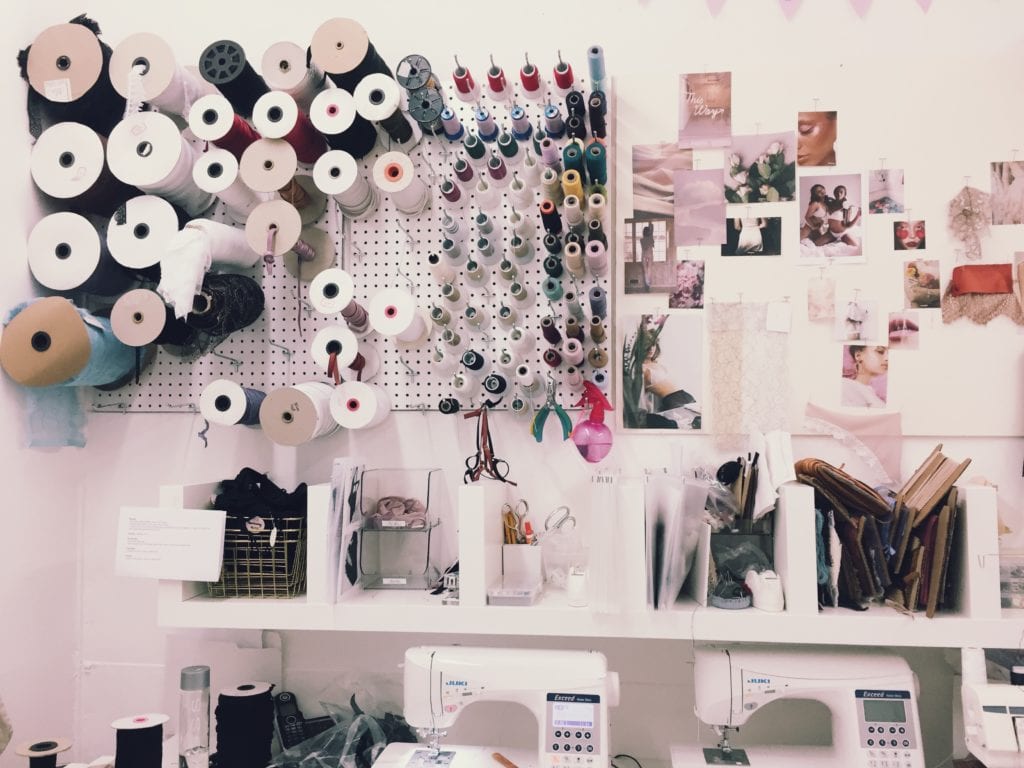
AZ: How do you want Uye Surana to influence the women who wear the line? What do you want your brand to convey to clients/people looking purchasing?
MW: I think it’s sort of a modern empowerment that you can wear things that feel very fragile and delicate, but at the same time feel strong, powerful, and supportive.
AZ: Take us through the process start to finish of a piece of lingerie.
MW: It typically begins with material sourcing, working with our existing patterns and shapes, developing colorways with both sourcing new materials and mixing the varieties of trims and things that we have here. Lingerie tends to have probably at least five components in different colors. Then, I sort of play with proportions of things and usually, even if I have an actual sketch or something, I still have to make a sample. I go back and forth a lot usually before I finish the entire piece.
AZ: Do you see a correlation between fashion and art?
MW: Definitely. Our work here is very influenced by art and color and mixing things and working with different materials.
AZ: Would you consider yourself more of an artist or a designer? Describe why you think the two are either interchangeable or why there should be a distinction.
MW: I think that there is a difference between artists and designers, though I find myself somewhere in the middle. With design it’s like you’re setting out to make whatever your product is and then you work through those means to create the product and enhance the visual element of it through different concepts. Whereas, art I feel is, in some ways, is the other way around. Sometimes you feel like you’re making things for certain reasons and the outcome of your product isn’t always something that’s as clear.
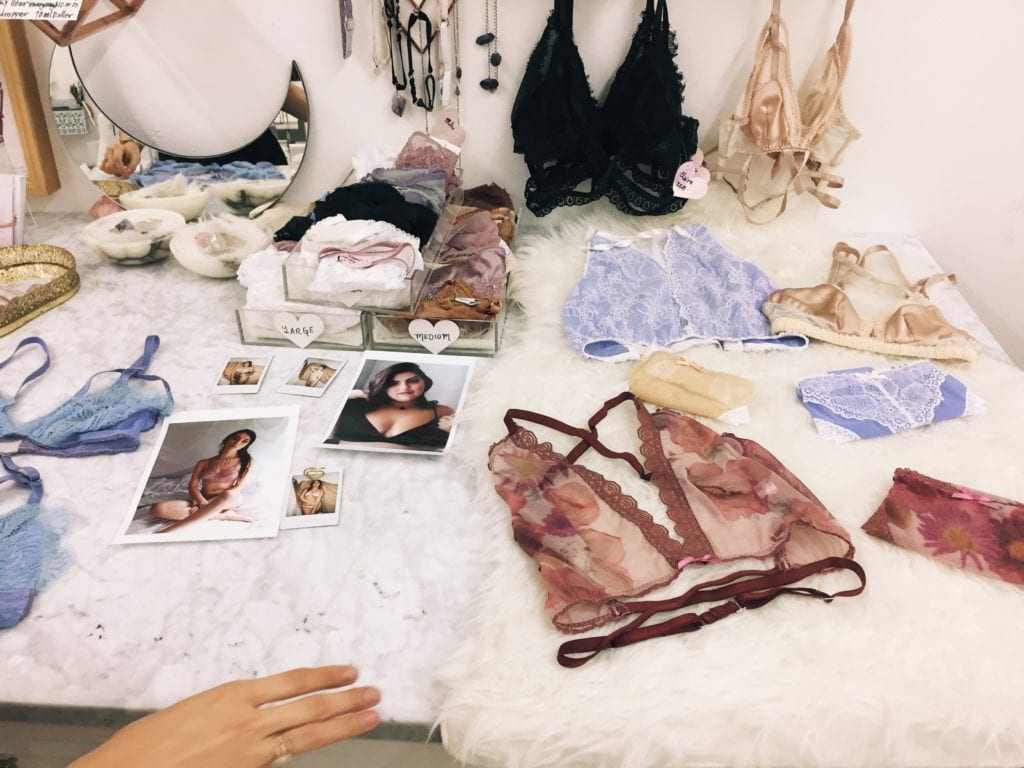
AZ: Fashion icon?
MW: I would say Rodarte and Valentino are big influences. Things that combine the soft and the feminine and are more mysterious.
AZ: Artistic icon?
MW: One artist that currently influences my designs is Letha Wilson, who transfers images of nature photography onto concrete and other materials, distorting their image into something dreamy and abstract. I also admire Margo Wolowiec’s work. Wolowiec sources images through ever-changing social media platforms. She prints her findings on threads, which she then weaves on a traditional floor loom. The result is a collage of fleeting moments found through hashtags, which become permanent handmade materials stretched over canvases or screens.
AZ: Advice for an aspiring artist and designer?
MW: Be open to where your creative path is leading you.

